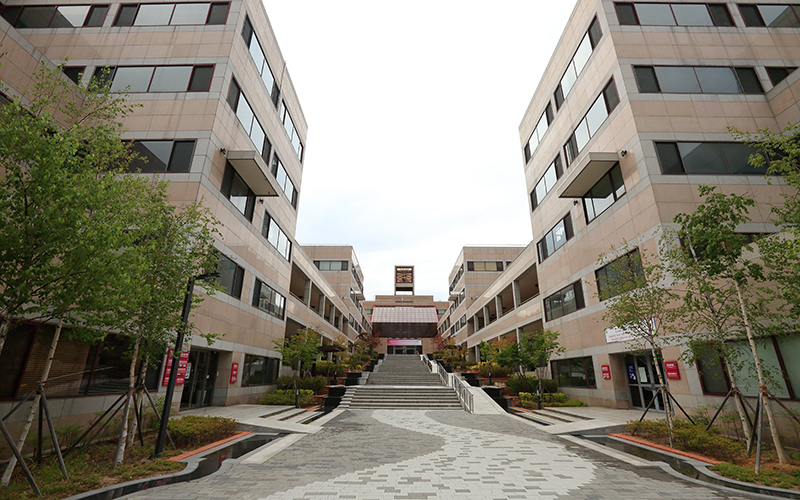This month: Photoacoustic microscopy

What is photoacoustic microscopy?
It is a hybrid in vivo imaging technique that acoustically detects optical contrast via the photoacoustic effect. Unlike pure optical microscopic techniques, it takes advantage of the weak acoustic scattering in tissue and thus breaks through the optical diffusion limit (~1 mm in soft tissue).
What is it good for?
It can provide high-resolution images at desired maximum imaging depths up to a few millimetres. In comparison to backscattering-based confocal microscopy and optical coherence tomography, it provides absorption contrast instead of scattering contrast. Its development has increased the possibility of peering inside the body without contrast agents.
Has it been in the news?
Yep – a Pohang University of Science and Technology research team has opened a new horizon in the development of a super-resolution photoacoustic microscopy system by using fibres instead of lenses.
What did they achieve?
Images with a resolution of 1.0 ± 0.3 micrometers (μm, 1 μm = 1 millionth of a meter). This resolution is sufficient for cellular imaging, including red blood cells.
What next?
The researchers anticipate the technology will be used as a research instrument to study the fundamental life phenomena that form the basis of various diseases, including cardiovascular disease and cancer.
Where can I read more?
Follow the link bit.ly/3OfZ4p5
Image credit | Shutterstock



